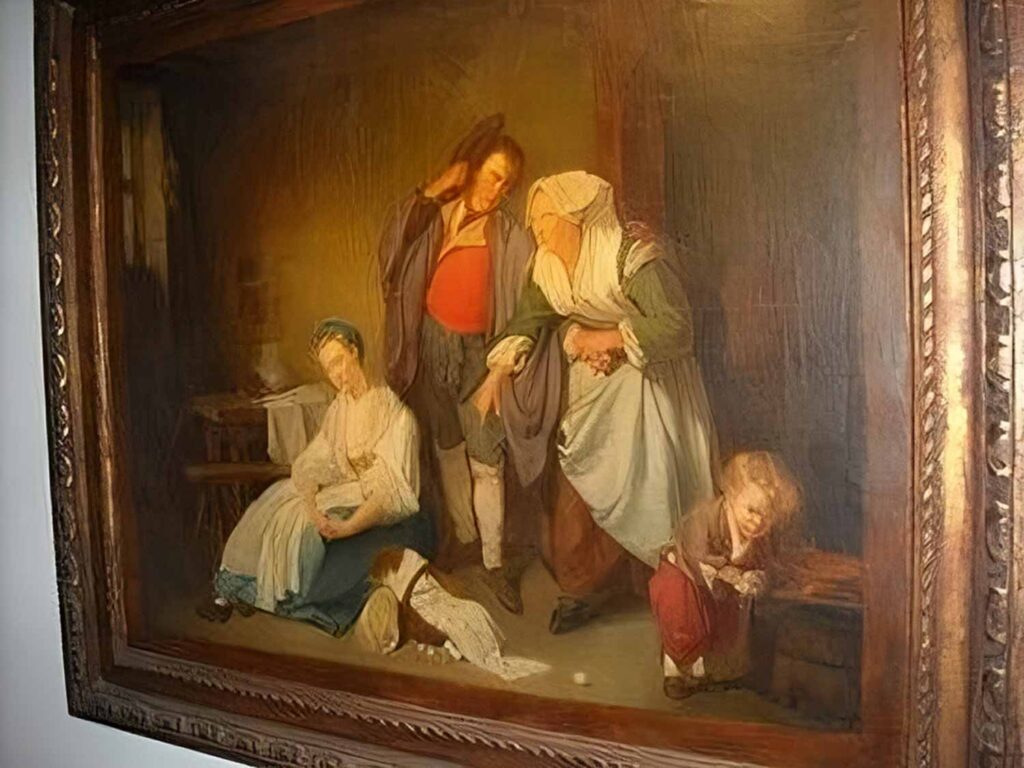In the real world of art what is the difference, in terms of value, between a signed versus unsigned paintings by an artist?
The answer briefly is, all other elements being equal, a signed piece of art will usually be valued higher than a comparable unsigned piece by the same artist.
First, it helps to know if the artist normally signed his or her work. Of course, there are instances when an artist who normally signed their paintings did not sign a work. The reasons for this are varied: sometimes these works were not for sale while the artist was alive, and instead languished generally forgotten in their art studio or personal collection; or the buyer of a commissioned work requested that a signature not be added; or the artist simply forgot to sign it; or the artist was less than artistically contend with the work and decided it was not worthy of attribution.
The term “by” is sometimes seen in catalogs. The listing of the artist’s name is printed in bold letters and because there are no qualifiers, it generally means that the piece is accepted as the work of the named artist. Then there are unsigned paintings that are sold as ‘Attributed To’ which means that on the basis of style, the piece is believed to be by the hand of the artist, but with a certain degree of uncertainty. In either case, any accompanying documentation should specifically use terminology that defines the level of attribution.
There are unsigned works that become part of an artist’s estate and quite often may have the benefit of an ‘estate stamp’. After an artist’s death a stamp with the artist’s signature may have been created, and the individual’s handling the estate would then stamp all the unsigned works. As long as the estate was handled professionally, there should be no issues with these works and their values should be comparable to those works which have the artist’s signature on them.
On the other hand, there many famous artists who rarely signed their works; the ‘Mona Lisa’ is unsigned! In these cases, authenticity is based on an expert opinion and/or detailed documentation. One of the crucial elements in determining the work’s authenticity, other than its artistic merit, is the chain of ownership or Provenance. The more complete the Provenance, the easier it is to trace the painting’s history. It’s important to know that many Old Master paintings are unsigned and yet sell for millions of dollars.








